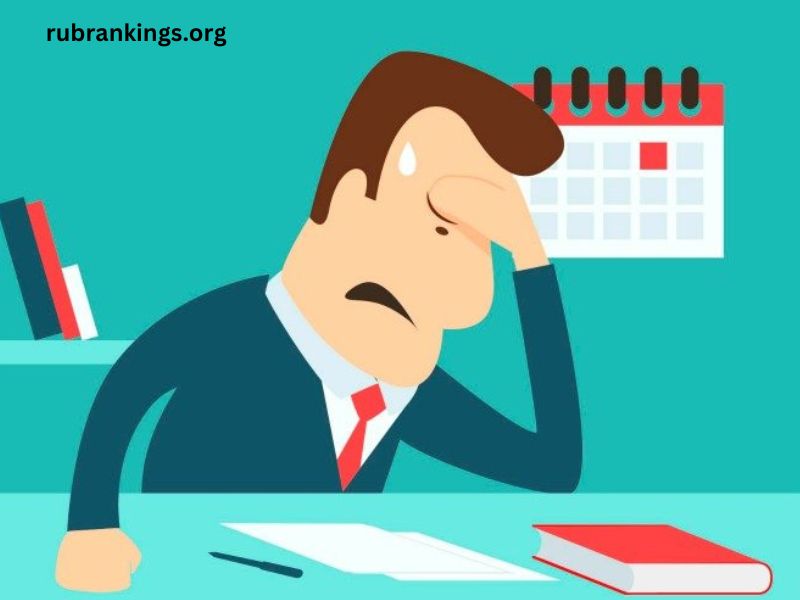The Importance of Visual Content in Google Ads
Visual content significantly influences user engagement. In Google Ads, high-quality images can enhance click-through rates (CTR) and improve overall ad performance. Whether you’re promoting a product, service, or event, compelling visuals can help convey your message more effectively than text alone. However, Google has specific policies in place to ensure that ads meet community standards and provide a positive user experience.
Common Reasons for Photo Rejections
1. Policy Violations
Google Ads has stringent policies regarding the types of content that can be used in advertisements. Common policy violations include:
- Adult Content: Images depicting nudity, sexual acts, or other adult themes are prohibited.
- Hate Speech: Any imagery promoting hate or violence against individuals or groups based on race, ethnicity, religion, disability, gender, age, or sexual orientation is rejected.
- Illegal Products or Services: Ads promoting illegal drugs, weapons, or any illicit products will not be accepted.
2. Quality Issues
Google requires high-quality images to maintain a professional standard across its platform. Common quality-related reasons for rejection include:
- Blurriness or Low Resolution: Images must be clear and of high resolution. Blurry or pixelated images can lead to rejection.
- Inappropriate Formatting: Google prefers certain image formats (JPEG, PNG, GIF) and specific dimensions. Images that don’t adhere to these specifications may be rejected.
3. Misleading Content
If an image misrepresents the product or service being advertised, it may be rejected. For example, using stock photos that do not accurately depict the product can be misleading.
4. Excessive Text
Google Ads has a policy regarding the amount of text that can appear in images. Ads that feature excessive text may be rejected, as Google aims to ensure that the focus remains on the visual content rather than textual information.
5. Unapproved Branding
Using unapproved logos or brand imagery in your ads can lead to rejections. Ensure that all branding adheres to Google’s guidelines and is appropriate for the advertising context.
How to Ensure Compliance with Google Ads Image Policies
1. Familiarize Yourself with Google’s Policies
Before uploading images, it’s essential to thoroughly review Google Ads’ advertising policies. Understanding these guidelines will help you create compliant images that have a higher chance of approval.
2. Invest in Quality Imagery
Utilizing high-quality images is vital for successful ad campaigns. Invest in professional photography or use high-resolution stock images that reflect your brand accurately. Ensure the images are well-lit, focused, and clear.
3. Optimize Image Dimensions and Formats
Adhere to Google’s recommended image sizes and formats. Google Ads typically accepts:
- JPG, PNG, and GIF formats
- Various aspect ratios, depending on the ad type (e.g., 1:1, 16:9, etc.)
Using the correct dimensions will help prevent rejection due to formatting issues.
4. Limit Text in Images
To comply with Google’s text policies, keep text minimal. Use text sparingly to complement the image rather than dominate it. A good rule of thumb is to limit text to less than 20% of the image.
5. Avoid Misleading Images
Always ensure that your imagery accurately represents the product or service. Avoid using images that could mislead users regarding what they can expect.
6. Regularly Review and Update Ads
Regularly review your ad campaigns and refresh your images to keep them current. This practice not only enhances performance but also ensures that you remain compliant with evolving Google policies.
Strategies to Optimize Your Ad Visuals
1. Use A/B Testing
Experiment with different images to determine which visuals resonate most with your audience. A/B testing allows you to compare the performance of various images and optimize your campaigns based on real data.
2. Focus on Branding
Consistent branding across all ad visuals can enhance brand recognition. Use colors, fonts, and imagery that align with your overall brand identity.
3. Utilize Emotional Appeal
Images that evoke emotion can be powerful in capturing attention. Whether through humor, nostalgia, or inspiration, emotionally charged visuals can lead to higher engagement rates.
4. Incorporate User-Generated Content
Consider utilizing user-generated content (UGC) in your ads. Authentic images from customers can enhance credibility and foster a sense of community around your brand.
5. Stay Informed on Trends
Digital marketing trends evolve rapidly. Stay informed about the latest design trends, visual styles, and consumer preferences to ensure your ad images remain fresh and relevant.
6. Monitor Performance Metrics
Track the performance of your ad campaigns closely. Analyze metrics such as CTR, conversion rates, and user engagement to identify which images work best and refine your strategy accordingly.
Dealing with Rejected Photos
If your photo gets rejected, do not be discouraged. Here’s how to handle the situation:
1. Understand the Reason for Rejection
Google typically provides a reason for the rejection. Carefully review the feedback to identify the specific issue.
2. Make Necessary Adjustments
Once you understand the reason for rejection, make the necessary adjustments to the image. Whether it involves enhancing quality, reducing text, or ensuring compliance with policies, take action accordingly.
3. Re-submit the Image
After making adjustments, re-submit the image for approval. Ensure that it aligns with Google’s guidelines to increase the chances of acceptance.
4. Learn from Experience
Use each rejection as a learning opportunity. Analyzing why an image was rejected can inform future campaigns and help you create better, more compliant visuals.
Conclusion
In the realm of digital advertising, visuals are a crucial element that can significantly impact your campaign’s success. Understanding the reasons behind rejected photos in Google Ads is essential for marketers looking to optimize their visual content effectively. By familiarizing yourself with Google’s policies, investing in high-quality imagery, and continuously refining your approach, you can create ads that not only meet compliance standards but also resonate with your target audience. Remember, every rejected image is a chance to learn and improve, paving the way for more successful advertising campaigns in the future.



